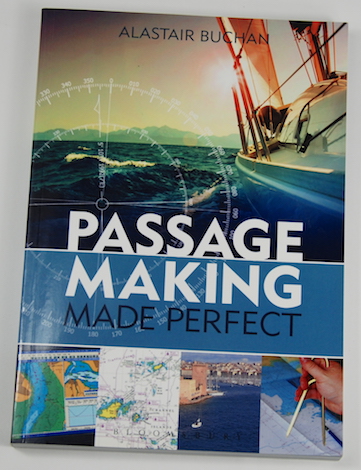You know the seven Ps don’t you? (Proper planning and preparation prevents piss-poor performance.) It’s a useful old army adage that sailors can apply every time they go to sea. And the effect of passage planning really encapsulates all of that; it’s a mental exercise that you (and your crew) should go through before you cast off.
Passage planning is taught over three or four nights at night school, it’s different from shaping a course to steer and making an estimated position or doing pilotage – though a pilotage plan can be an important element of a passage plan. The importance of passage planning is that you are going to be familiar with the situation – with the weather, tide rate and range, details of the destination (when it’s best to get there), alternative ports if you can’t make it and so forth. And being familiar with the situation means you will be better able to think on your feet during the passage – especially if it is not going to plan.
This book goes beyond the RYA brief to couch passage planning within a more comprehensive approach that takes in chapters on The Boat Above Decks and The Boat Below Decks. It includes pages on the contents of the ideal medical kit, what to do in the case of fire and whether the wiring diagram is up to date. In this sense it’s as much about the boat’s and its crew’s preparation as it is about where we’re going and when. For some the approach will appear a little fussy – for instance there are six full pages in the check-list and you’d never get any salt if you had to go through them each and every time you made a voyage – though they make a fine beginning of season proforma.
There again if you haven’t checked the length of weed hanging onto your boat’s underwater profile (and done something about it if it is there) you will defo have a bad passage sailing at low speed with poor windward performance.
How useful this book will be will depend on how many passages you have made and how successful they have been. The ideal would be to start with small coastal jaunts and then build up to the first offshore or foreign cruise and from there to crossing an ocean, or something like the North Sea. If you’re not really sure in what condition your boat or your crew should be in then this is a great book to help you get there!
Pub Adlard Coles, 2013, Softback, 224pp, £17 (Or £3+p&p at Amazon)


